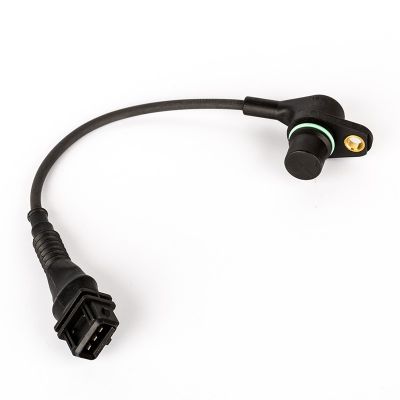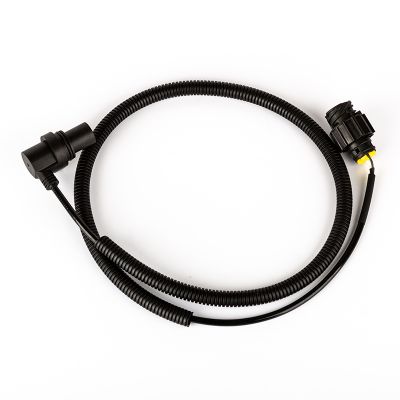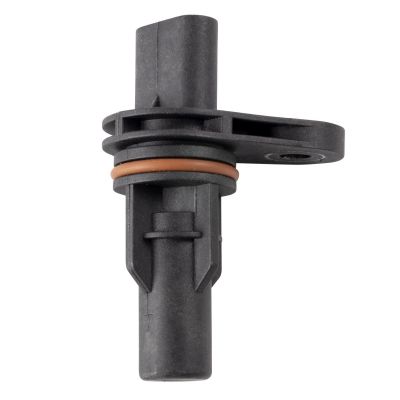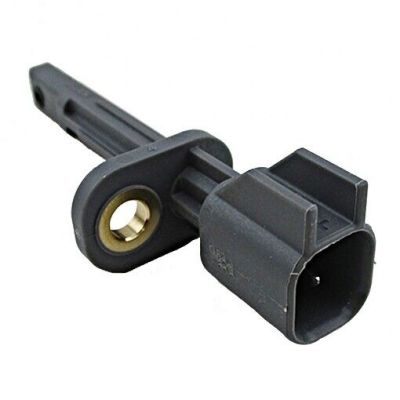What kind of sensor is the car map?
The MAP sensor is an intake pressure sensor. The intake pressure sensor detects the absolute pressure of the intake manifold behind the throttle. It detects changes in the absolute pressure in the manifold based on the engine speed and load, and then converts it into a signal voltage and sends it To the electronic controller (ECU), the ECU controls the basic fuel injection amount based on the voltage of this signal. Poor working of this sensor will cause the vehicle to be difficult to start, and the sensor cannot be repaired. If a fault occurs, the only option is to replace it with new parts.

The MAP sensor is one of the sensors used in electronic control systems for internal combustion engines.
Engines using MAP sensors typically inject fuel. The manifold xxx pressure sensor provides instantaneous manifold pressure information to the engine's electronic control unit (ECU). This data is used to calculate air density and determine the engine's air mass flow rate, which in turn determines the fuel metering required for optimal combustion and affects the advancement or retardation of ignition timing. Fuel-injected engines may alternatively use a mass airflow sensor (MAF sensor) to detect intake airflow. Typical naturally aspirated engine configurations use one or the other, while forced induction engines often use both. The MAF sensor on the intake pipe leads to the throttle body, and the MAP sensor on the intake tract pre-turbine.
The MAP sensor data can be converted into air quality data using a second variable from the IAT sensor (Intake Air Temperature Sensor). This is called the velocity density method. Engine speed (RPM) is also used to determine the position on the lookup table to determine fueling volume and thus RPM density (engine speed/air density). MAP sensors can also be used in OBD II (on-board diagnostics) applications to test the functionality of the EGR (exhaust gas recirculation) valve, a typical application in OBD II-equipped GM engines.




